Globally auction platforms have proven their efficacy in promoting market access & price discovery for commodity trade. In economies where agriculture is the primary source of employment for the population, auction platforms can spur income growth especially for small & marginal producers. Most trading ecosystems bring together several stakeholders such as expert brokers (for cataloguing & sample check), warehouses & logistic providers that are critical for connecting producers to buyers. Hence, well designed auction platforms can create a competitive business environment and attract investment for export led growth.
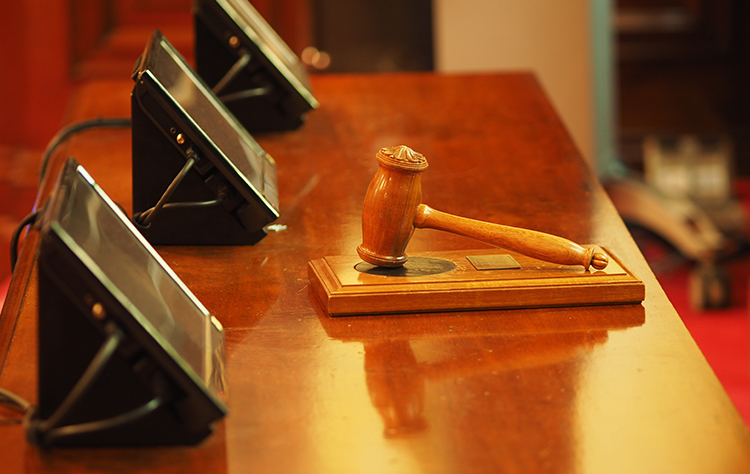
Modernizing Auction Through Tech
Consider the example of tea. It happens to be the second most preferred beverage in the world after water. The global market for tea is estimated to reach 80 billion USD by 2026 and is exported significantly from emerging economies such as Kenya, Sri Lanka, India and Bangladesh. Small landholders produce some of the finest blends and contribute to more than half of the tea produced. To correct information asymmetries on prevailing market prices and prevent market monopolies, trade associations have started leveraging technology to digitize the entire commodity auction platforms. This covers automating critical processes such as stakeholder registration, catalogue management, pricing trends dissemination, conducting auction, & post purchase activity management.
It was a great opportunity for CSM to partner with the East Africa Trade Association in digitally transforming its tea auction platform. The efficiency introduced through our system, reduced tea trade cycle time by 40%. And more importantly, it continues to support income for 6 million Kenyans and drive average trade worth 1.5 billion USD annually effortlessly. This digital platform has in fact sustained the East African economy during this pandemic.
The Perfect Concoction
EATTA leveraged public private partnerships to digitize the entire tea trade process. Imagine the power of an integrated tea trade system that brings together an ecosystem of 81 producers, 9 packers, 86 buyers and 11 brokers, into one platform! The challenge of deploying such a system lies in breaking the bureaucratic cycle involving loss of both time and money in efficiently moving a perishable commodity like tea. The challenge was also in creating value propositions for all the stakeholders, by taking their opinions and understanding the system through their bioscope. Unlike other e- systems where the ultimate users are renegaded to the status of onlookers, EATTA held extensive stakeholder consultation sessions, workshops and simulations, so that they knew the system even before it was on. This modus operandi made a success story of the e-Auction system for tea trade in Kenya.
Credit goes to the policy makers who had the chutzpah to see GovTech as an enabler, even in these COVID times. In my opinion, EATTA set an example of how public and private enterprises can align their goals to the government’s vision of making disruptions work for them. Govtech are technologies that work for Governments. Therefore, these are not just automation processes but SLAs. A Service Level Agreement that needs to be specific for a workflow to be defined, but also flexible enough to accommodate the changing market mechanisms. Instead of putting the onus of acceptability of a Solution on the shoulders of the IT provider, the government is required to be cohesive in sharing the risks and working towards a symbiotic success story. Like EATTA.
















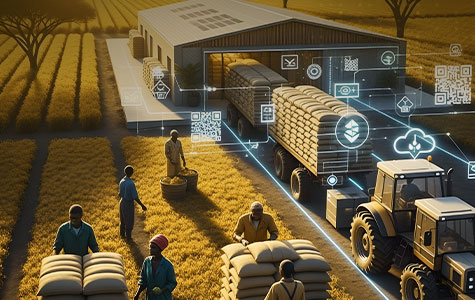





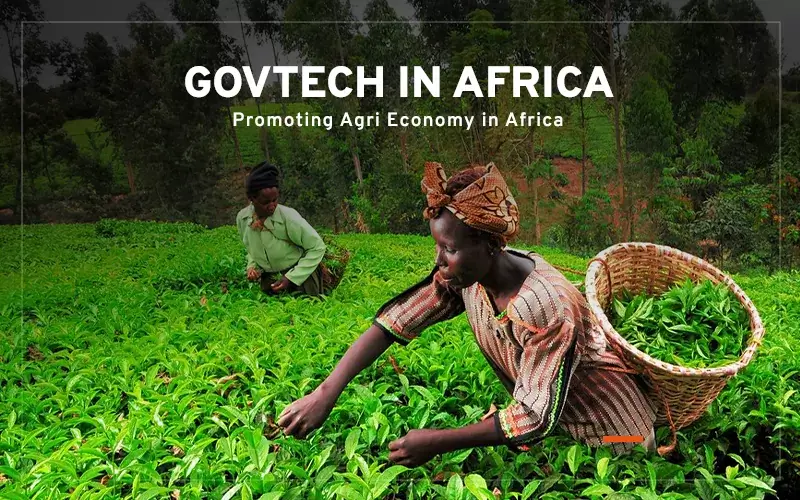

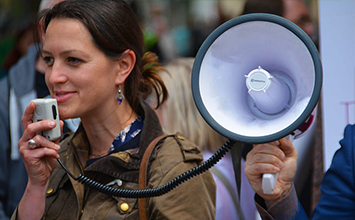

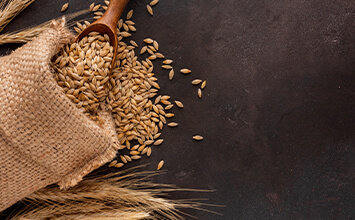



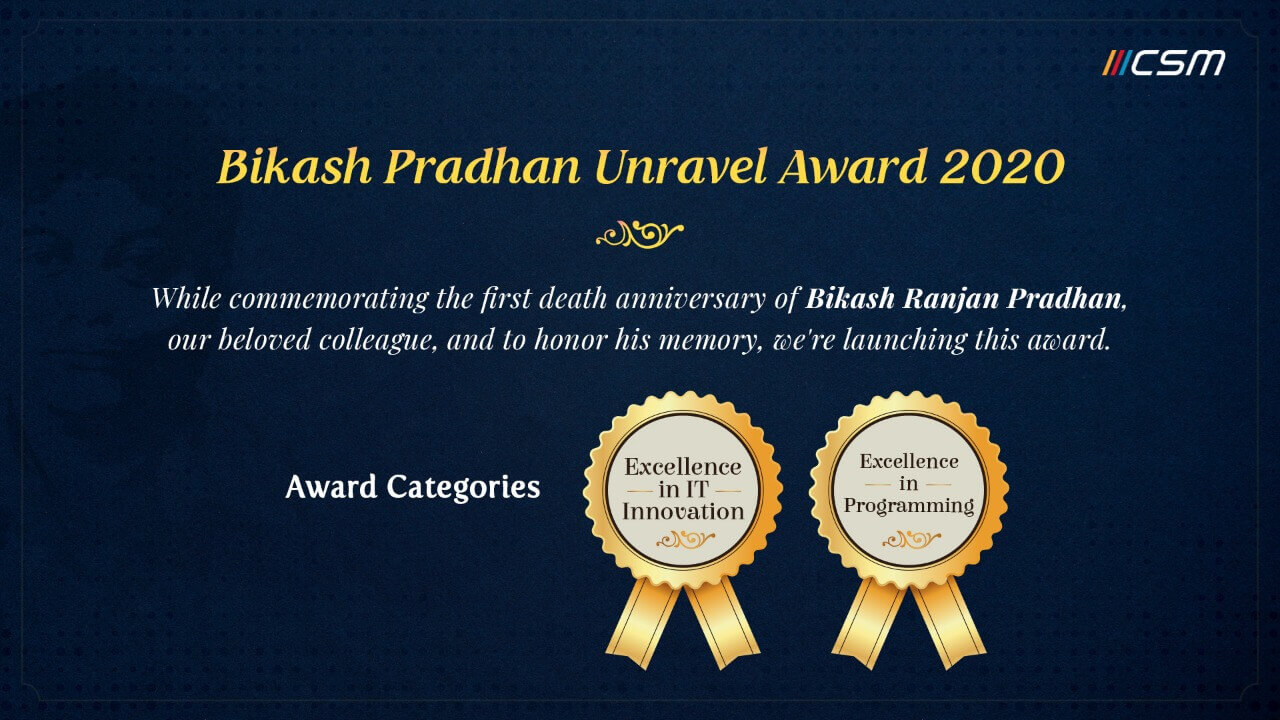








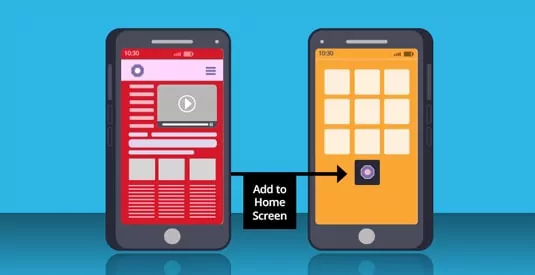

We will verify and publish your comment soon.